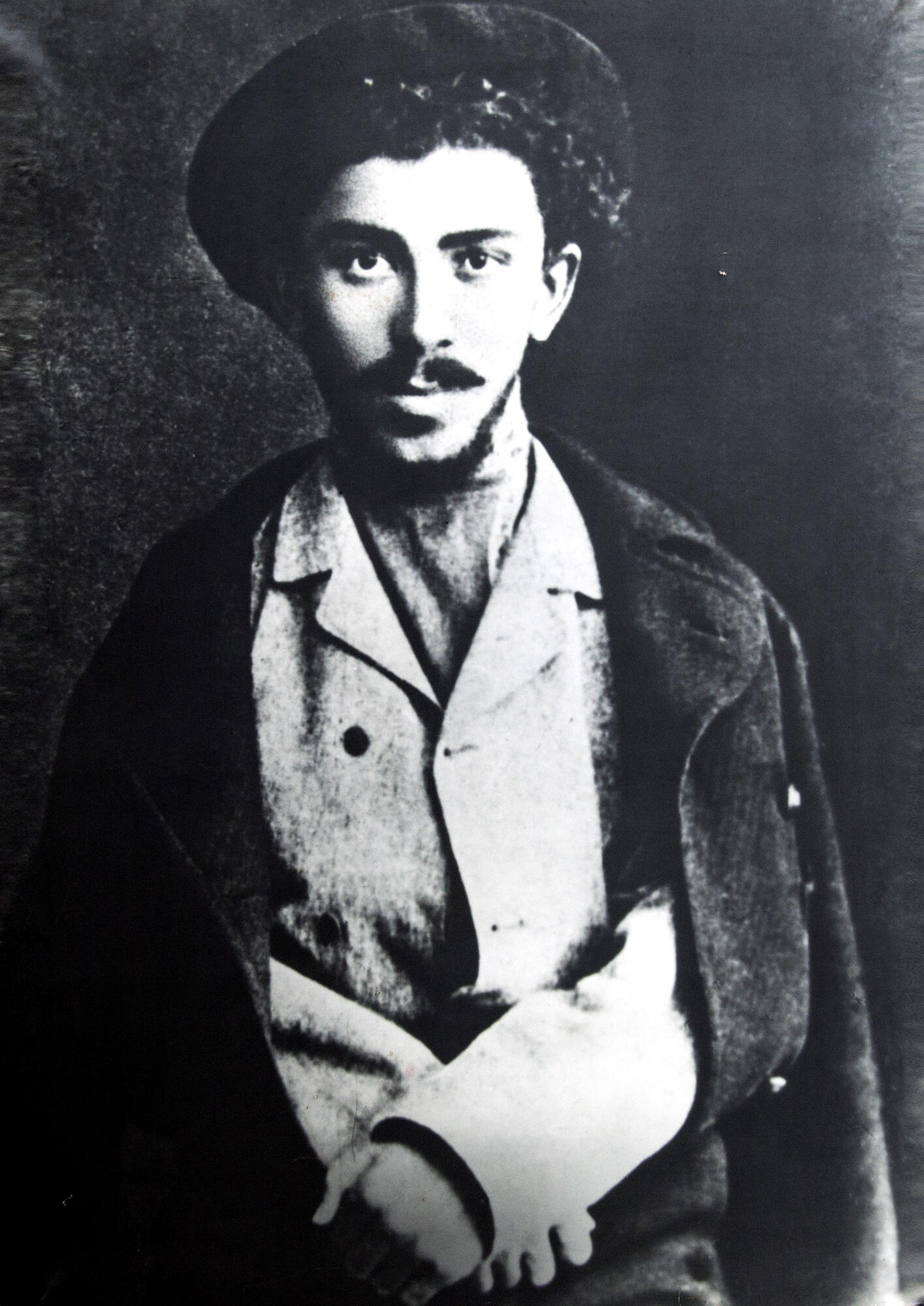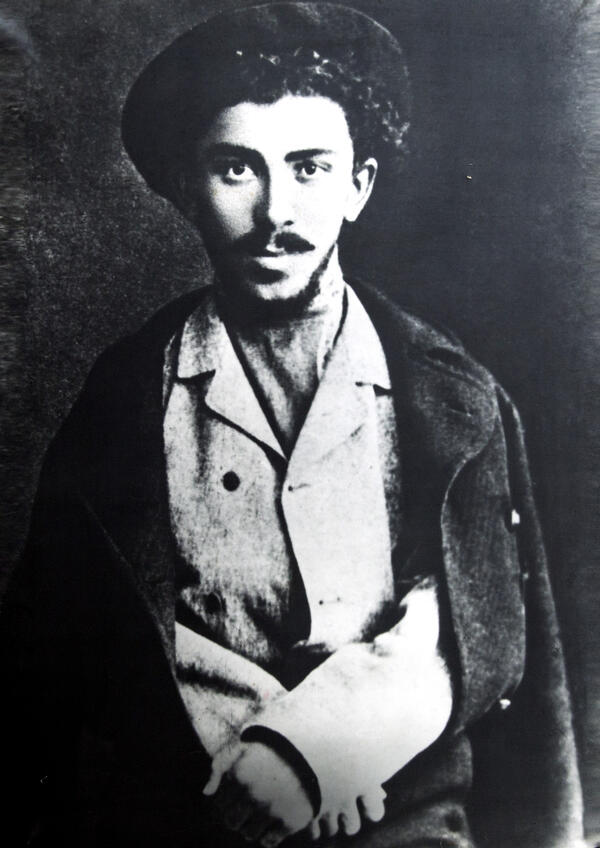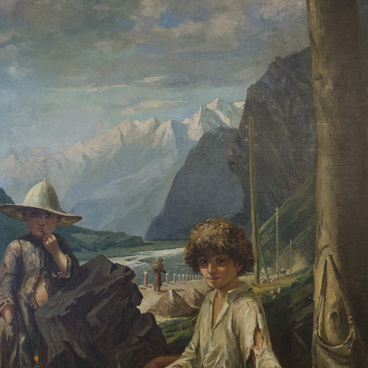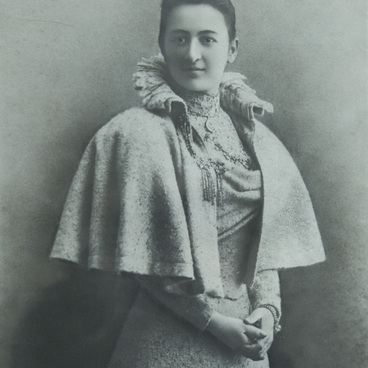From 1881 to 1885, Kosta Khetagurov lived in Saint Petersburg, where he studied at the Academy of Arts. The atmosphere there was very tense: the Academy was also affected by the wave of persecution that arose after the murder of Emperor Alexander II by the members of ‘Narodnaya Volya’. Ilya Repin recalled this time: ‘The students were afraid of the professors as superiors and did not know them as artists. The professors were not at all interested in the students and avoided any kind of communication with them’.
It was in these difficult social-political conditions that Khetagurov walked his path of ideological and artistic search. He studied the works of Alexander Pushkin and Mikhail Lermontov, of Alexander Griboyedov and Ivan Krylov, of Nikolai Gogol and Alexander Ostrovsky, of Nikolai Nekrasov and Alexey Pleshcheev, and of William Shakespeare and Johann Wolfgang Goethe. The poet often quoted Russian and foreign authors in his writings, articles, and letters.
Khetagurov got acquainted with the best works of Russian artists at the Academy of Arts and the Hermitage, as well as at academic expositions and events put on by the Peredvizhniki. He most closely paid attention to realist artists. ‘In his technique and manner of painting, Kosta Khetagurov in his paintings is closest to the first realists in Russian painting, and in his choice of subjects can be ranked among the school of the first Peredvizhniki: Perov, Kramskoy, Repin, and others’, - wrote the People’s Artist of North Ossetia Makharbek Tuganov.
In Saint Petersburg, Khetagurov wrote a dramatic poem about student life under the pseudonym name “Attic”, in which he talked about freedom, fraternity, and love. In this and other his other works from his time in Saint Petersburg, the poet portrayed the contemporary youth, their desire for knowledge and science, which ran into obstacles, dissatisfaction, and frustration. The main conflict in Khetagurov’s dramatic works from this time was the deep contradictions in public life. They were keenly felt by the young intellectual society. Its leading part came to the conclusion about the powerlessness of the enlightenment’s ideas and the need for revolutionary struggle against the existing social order. Young Kosta Khetagurov wrote about this new social force.
It was in these difficult social-political conditions that Khetagurov walked his path of ideological and artistic search. He studied the works of Alexander Pushkin and Mikhail Lermontov, of Alexander Griboyedov and Ivan Krylov, of Nikolai Gogol and Alexander Ostrovsky, of Nikolai Nekrasov and Alexey Pleshcheev, and of William Shakespeare and Johann Wolfgang Goethe. The poet often quoted Russian and foreign authors in his writings, articles, and letters.
Khetagurov got acquainted with the best works of Russian artists at the Academy of Arts and the Hermitage, as well as at academic expositions and events put on by the Peredvizhniki. He most closely paid attention to realist artists. ‘In his technique and manner of painting, Kosta Khetagurov in his paintings is closest to the first realists in Russian painting, and in his choice of subjects can be ranked among the school of the first Peredvizhniki: Perov, Kramskoy, Repin, and others’, - wrote the People’s Artist of North Ossetia Makharbek Tuganov.
In Saint Petersburg, Khetagurov wrote a dramatic poem about student life under the pseudonym name “Attic”, in which he talked about freedom, fraternity, and love. In this and other his other works from his time in Saint Petersburg, the poet portrayed the contemporary youth, their desire for knowledge and science, which ran into obstacles, dissatisfaction, and frustration. The main conflict in Khetagurov’s dramatic works from this time was the deep contradictions in public life. They were keenly felt by the young intellectual society. Its leading part came to the conclusion about the powerlessness of the enlightenment’s ideas and the need for revolutionary struggle against the existing social order. Young Kosta Khetagurov wrote about this new social force.



